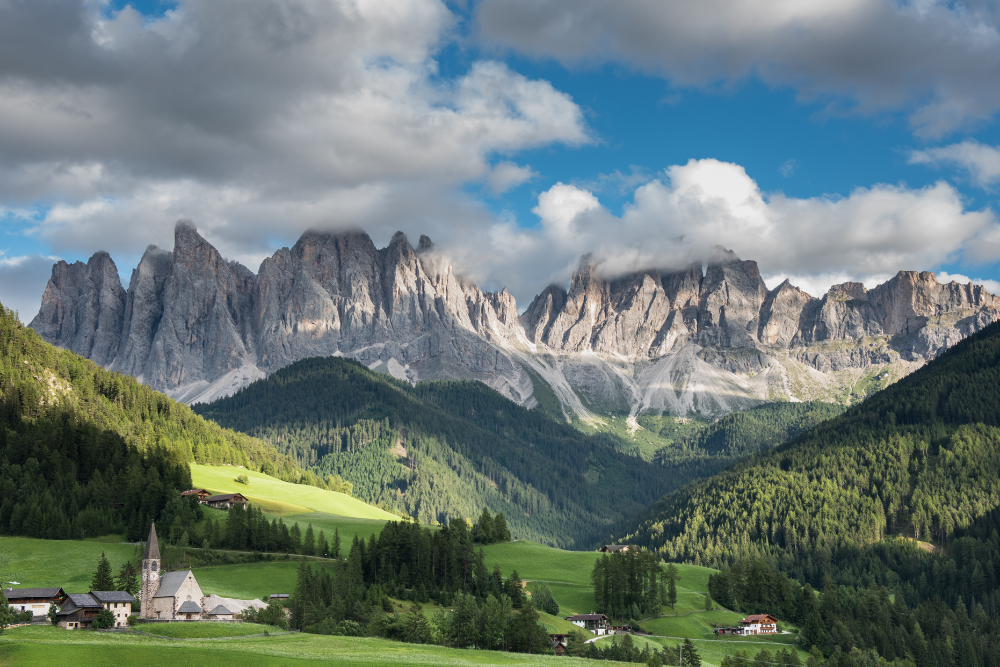The Dolomites, a stunning mountain range in northeastern Italy, are a UNESCO World Heritage site known for their striking beauty, jagged peaks, and vast hiking opportunities. Whether you’re an experienced mountaineer or a casual hiker, the Dolomites offer something for everyone. With its dramatic landscapes, alpine meadows, and charming mountain villages, hiking in the Dolomites promises an unforgettable adventure. This complete guide will walk you through the best hikes, essential tips, and everything you need to know to explore this Italian gem.
1. Best Hikes in the Dolomites
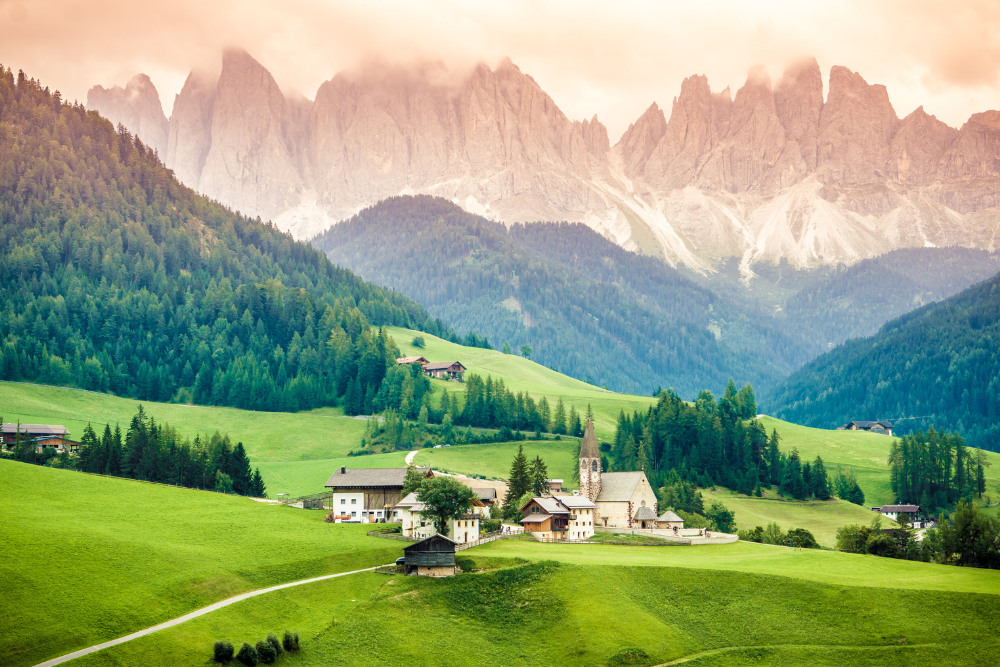
The Dolomites are home to some of the best hiking routes in Europe, ranging from easy walks to challenging climbs. Here are some of the top hikes to consider:
Tre Cime di Lavaredo
The Tre Cime di Lavaredo (Three Peaks of Lavaredo) is perhaps the most iconic hike in the Dolomites. This 10-kilometer circular trail offers breathtaking views of the three famous peaks that rise dramatically from the surrounding landscape.
- Difficulty: Moderate
- Duration: 3-4 hours
- Highlights: Panoramic views of the rugged Dolomite peaks, alpine meadows, and picturesque mountain huts. It’s suitable for most levels of hikers and offers unforgettable photo opportunities.
Seceda to Rifugio Resciesa
This hike begins at Seceda, a high plateau that offers sweeping views of the Dolomites. The trail takes you across grassy meadows and through forests, eventually reaching the stunning Rifugio Resciesa (a mountain hut) with spectacular views of the Sella group.
- Difficulty: Easy to moderate
- Duration: 4-5 hours
- Highlights: Picturesque scenery, alpine meadows, and a chance to enjoy the typical mountain hospitality at Rifugio Resciesa.
Alta Via 1
For those looking for a more challenging, multi-day hike, the Alta Via 1 is one of the Dolomites’ most famous long-distance trekking routes. Stretching from Lago di Braies to Belluno, this 150-kilometer trail traverses the heart of the Dolomites, offering epic views of valleys, glaciers, and towering peaks.
- Difficulty: Challenging
- Duration: 10-12 days (depending on your pace)
- Highlights: A high-altitude trek that takes you past some of the Dolomites’ most iconic landmarks, including Sass de Putia, Marmolada Glacier, and Civetta.
Lago di Braies and Sasso di Santa Croce
For a relatively easy, family-friendly hike, the trail around Lago di Braies, often called the “Jewel of the Dolomites,” is an ideal choice. This 3-kilometer loop around the lake offers stunning reflections of the surrounding peaks.
- Difficulty: Easy
- Duration: 1-2 hours
- Highlights: Crystal-clear lake, beautiful alpine forest, and panoramic views of the Dolomite peaks. This trail is perfect for beginners or those looking for a more relaxed hiking experience.
2. Best Time to Hike in the Dolomites
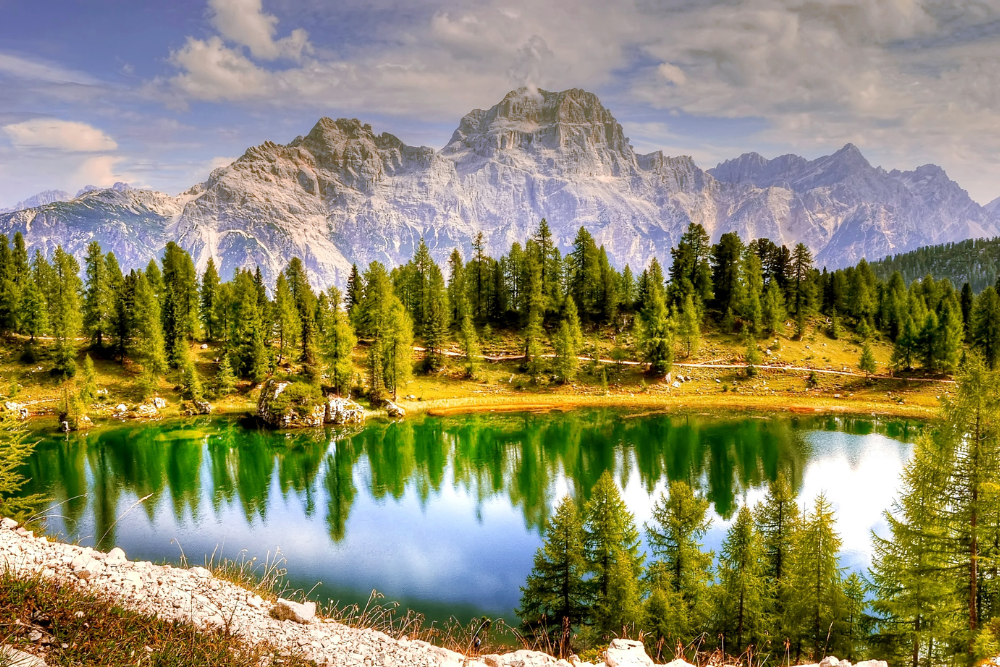
The best time to hike in the Dolomites depends on the type of experience you’re seeking:
- Summer (June to September): Summer is the peak hiking season in the Dolomites, with well-marked trails, open mountain huts, and mild weather. This is the ideal time for hiking most of the popular trails, especially the Alta Via routes.
- Autumn (October): Early autumn is a fantastic time for hiking, with fewer crowds and the added bonus of vibrant autumn colors. However, some higher-altitude routes may start to become inaccessible due to snow.
- Spring (May and June): Early spring offers quieter trails, but snow may still linger on higher routes. Lower-altitude hikes are ideal, especially in May when wildflowers are in full bloom.
- Winter (November to April): Winter offers a different experience in the Dolomites, especially for those interested in snowshoeing or winter trekking. However, many trails may be closed due to snow, and temperatures can be extreme.
3. Essential Tips for Hiking in the Dolomites
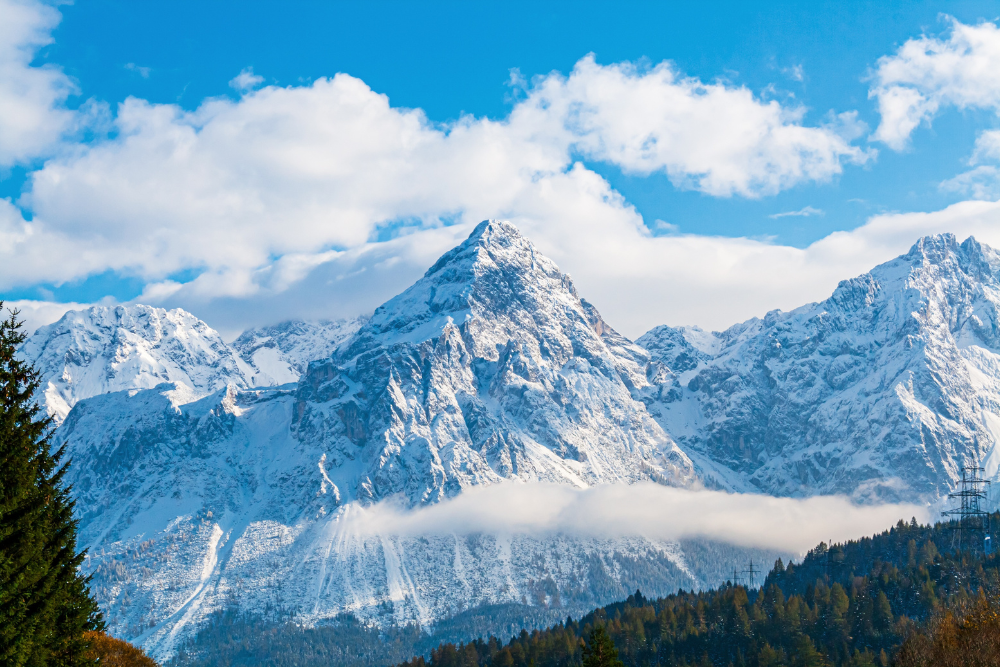
- Prepare for the Weather: The weather in the Dolomites can change rapidly, so always be prepared for rain, snow, or intense sunshine. Bring layers of clothing, a waterproof jacket, and sturdy hiking boots.
- Pack Light but Smart: For long hikes, pack light, but don’t forget essential items like a map, compass, first aid kit, sunscreen, and plenty of water. A good pair of hiking poles can also make a big difference, especially in rough terrain.
- Respect the Environment: The Dolomites are a protected natural area, so it’s crucial to stay on marked trails and respect the environment. Keep noise levels down and avoid disturbing wildlife.
- Stay in Mountain Huts: Many of the Dolomite hikes pass through remote mountain huts known as rifugi. Staying overnight in these huts is a great way to experience the mountains up close. Be sure to book your stay in advance, as these huts can fill up quickly in peak season.
- Know Your Limits: Some trails, especially long-distance ones like the Alta Via 1, require good physical preparation and stamina. If you’re new to high-altitude hiking, start with shorter, easier hikes to gauge your fitness level.
4. Getting to the Dolomites
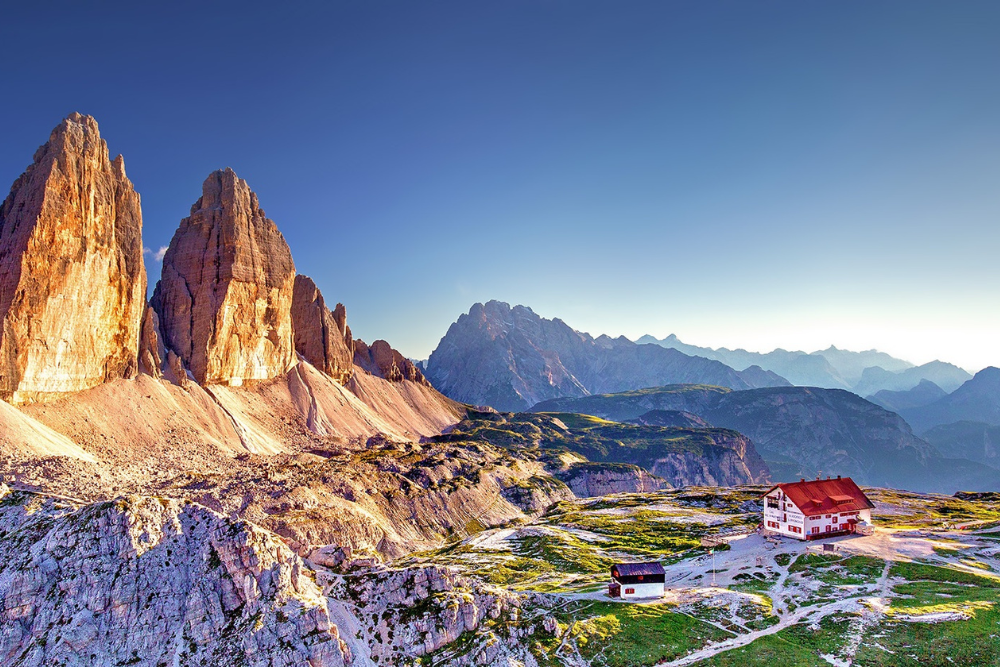
The Dolomites are easily accessible from several Italian cities:
- By car: Renting a car is the most convenient way to explore the Dolomites, as it allows you to visit multiple trailheads and mountain villages at your own pace.
- By train: The Dolomites are well-connected by train to nearby cities such as Bolzano, Bressanone, and Cortina d’Ampezzo, from which you can take local buses or taxis to reach the hiking areas.
- By bus: Several bus services operate between major towns in the Dolomites and popular hiking destinations, making it easy to access trailheads without a car.
5. Mountain Huts and Accommodations
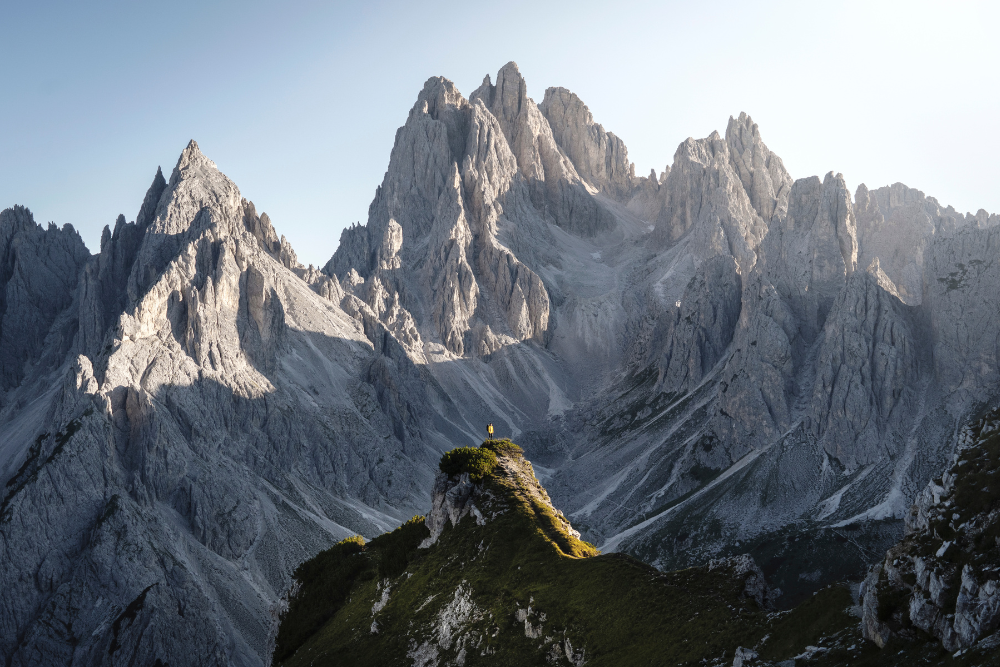
The Dolomites are home to a vast network of mountain huts (rifugi) and charming accommodations nestled in the valleys. Many hikers choose to stay in these huts, which provide a unique alpine experience. Some huts offer basic rooms, while others provide luxurious accommodations with gourmet food.
- Rifugi: Most rifugi are open during the summer hiking season and offer meals, snacks, and overnight accommodation. Booking in advance is essential during peak season.
- Hotels and Inns: For those who prefer more comfort, the Dolomites offer a range of hotels and inns in mountain towns like Cortina d’Ampezzo and Ortisei.
- Camping: For the more adventurous, camping is possible in designated areas, though wild camping is not permitted in protected regions.
Conclusion
Hiking in the Dolomites is an experience like no other. With its majestic peaks, crystal-clear lakes, and alpine meadows, it’s a paradise for outdoor enthusiasts. Whether you’re looking for a short hike or a challenging multi-day trek, the Dolomites offer trails for all levels. By preparing well, respecting the environment, and embracing the region’s unique culture, you’ll create memories that will last a lifetime. So lace up your boots, pack your gear, and get ready for an unforgettable adventure in one of the most beautiful mountain ranges in the world.



